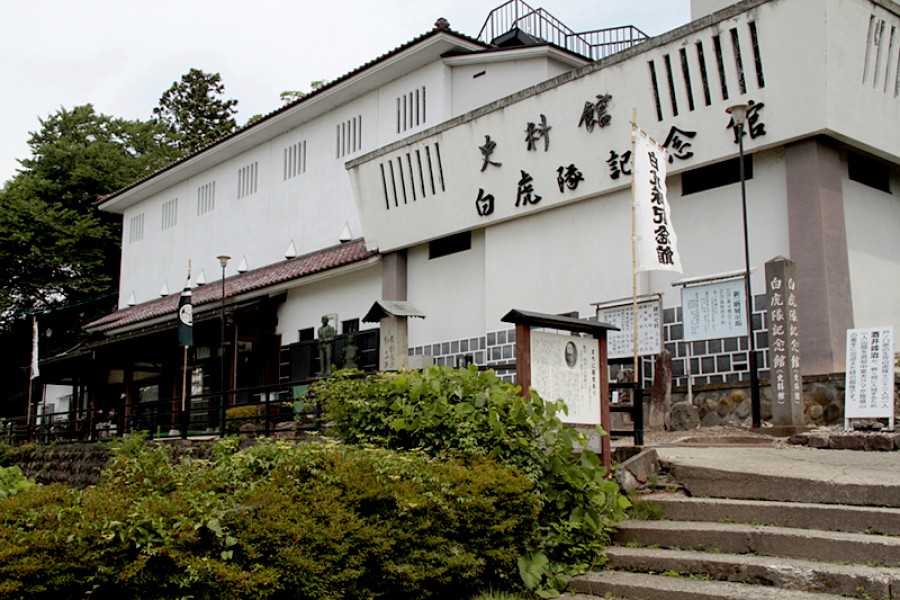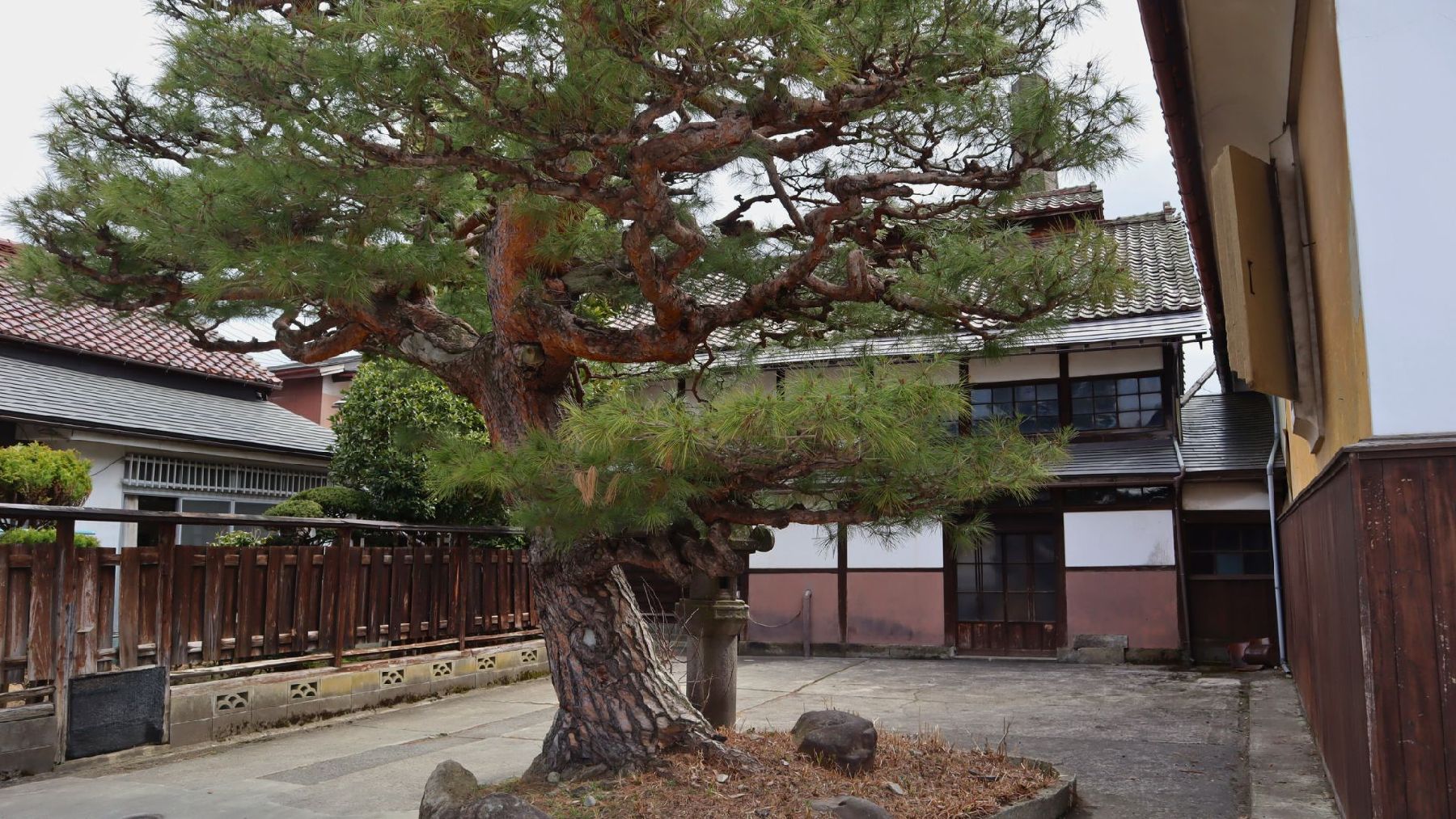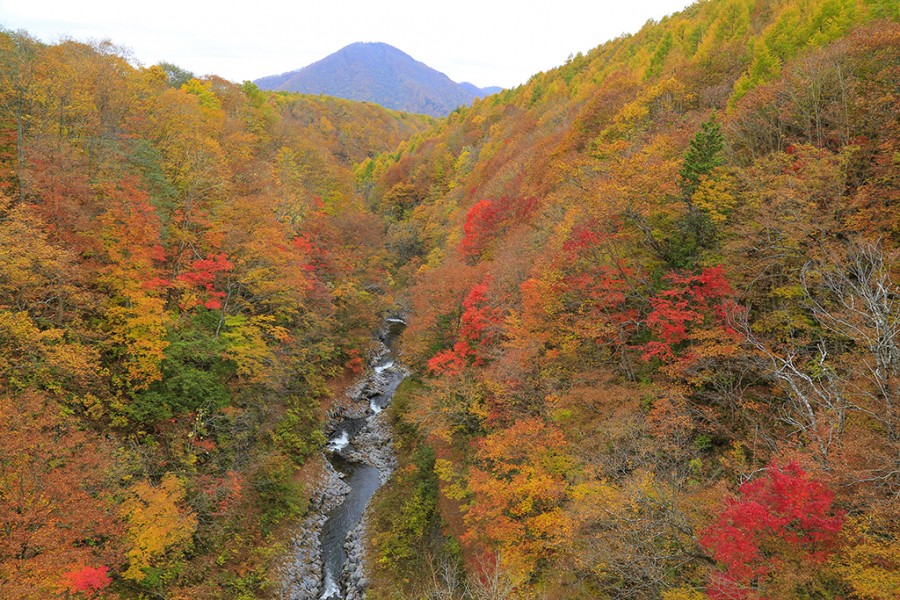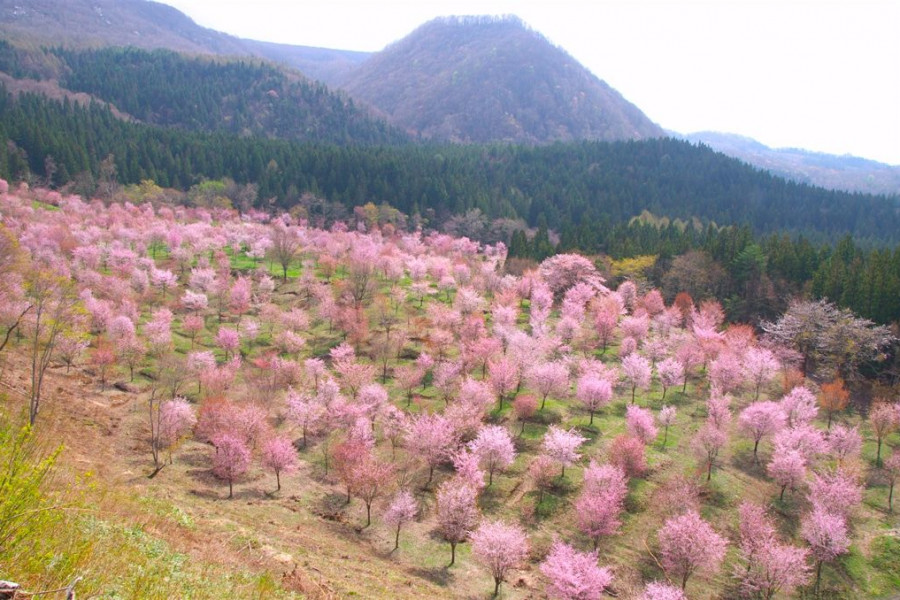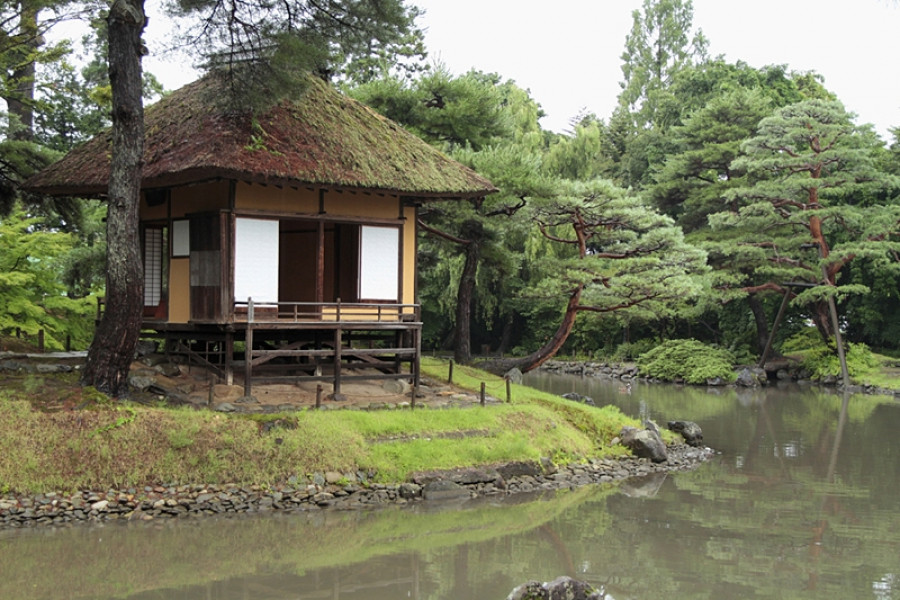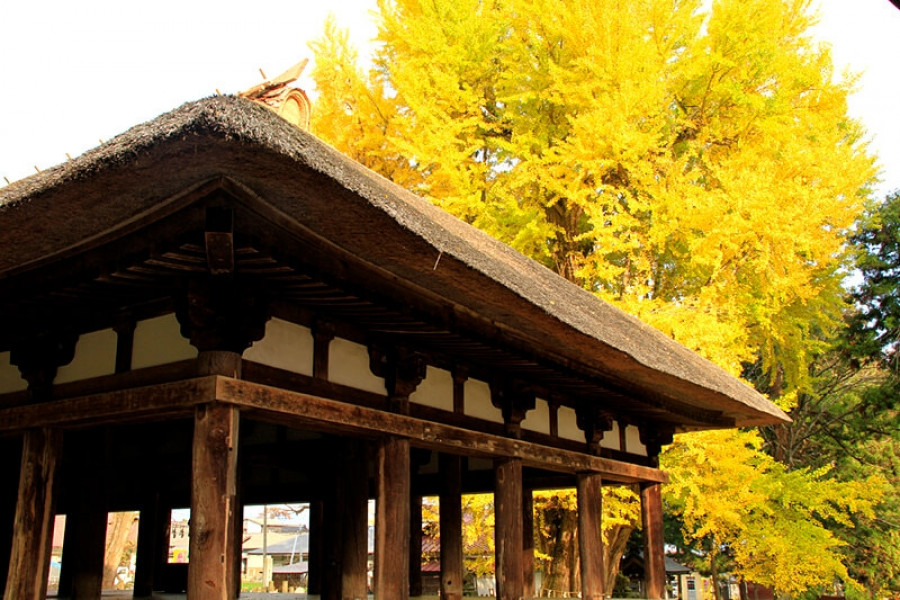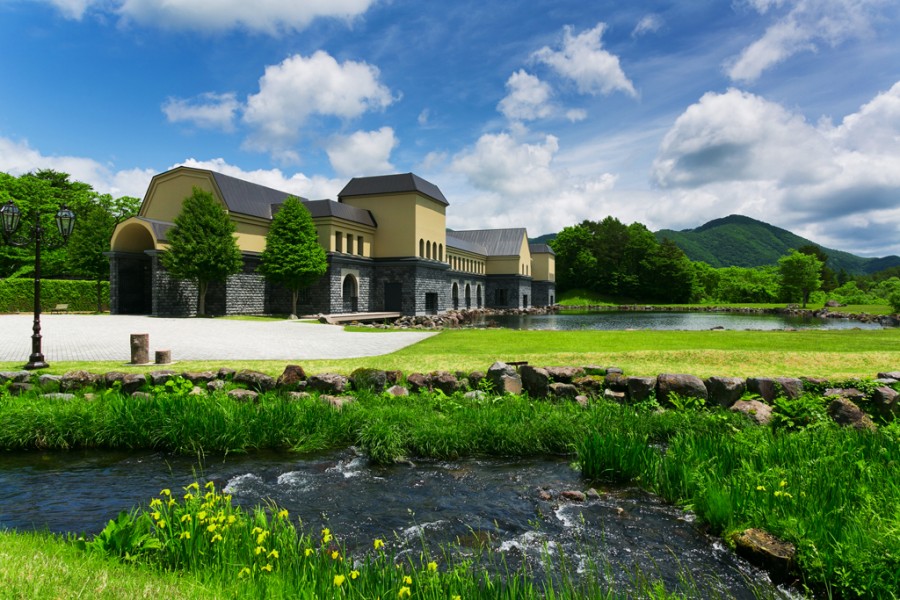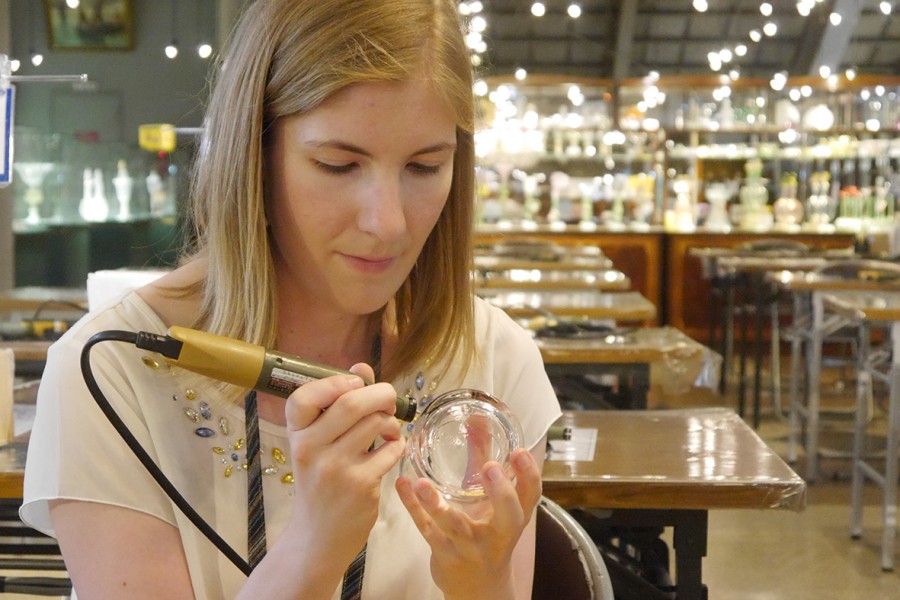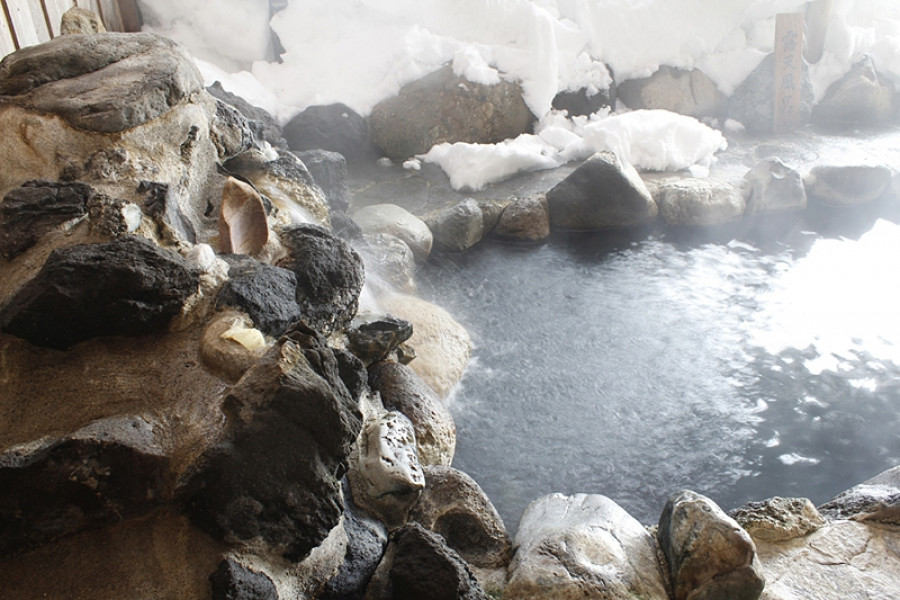
Atsushio Onsen
Atsushio Onsen – which means ‘Hot Salt Onsen’ – gets its name because of the high salt content and hot temperature of its source water (70 degrees). For generations, this onsen has been hailed by local people as having healing properties. Also known as ‘Kodomo Takara no Yu’ (‘The Sanctity of Children Onsen’), Atsushio Onsen is home to a Buddhist statue dedicated to the act of raising children. Here you often see mothers paying their respects to deities after their wishes have been realized.
